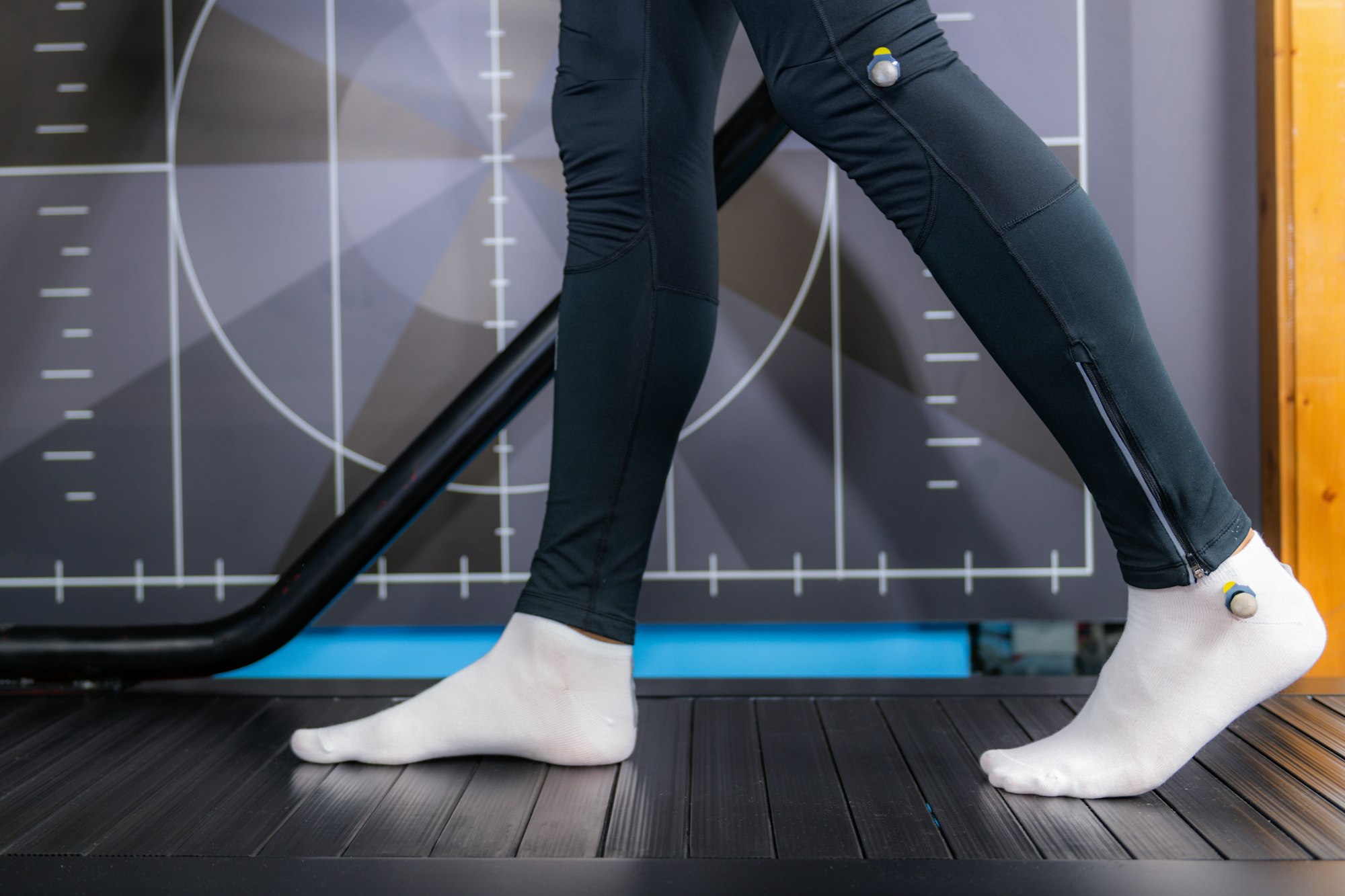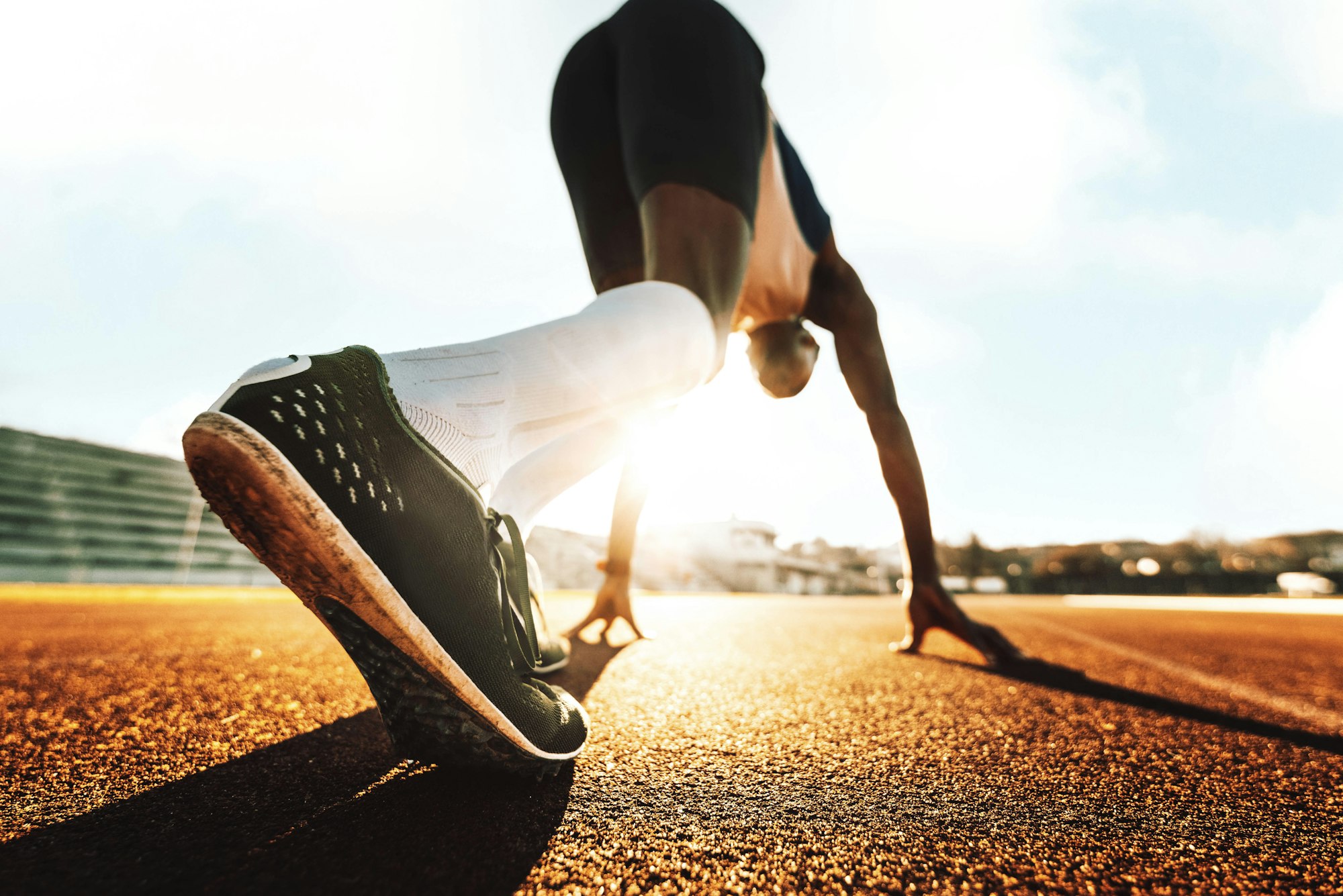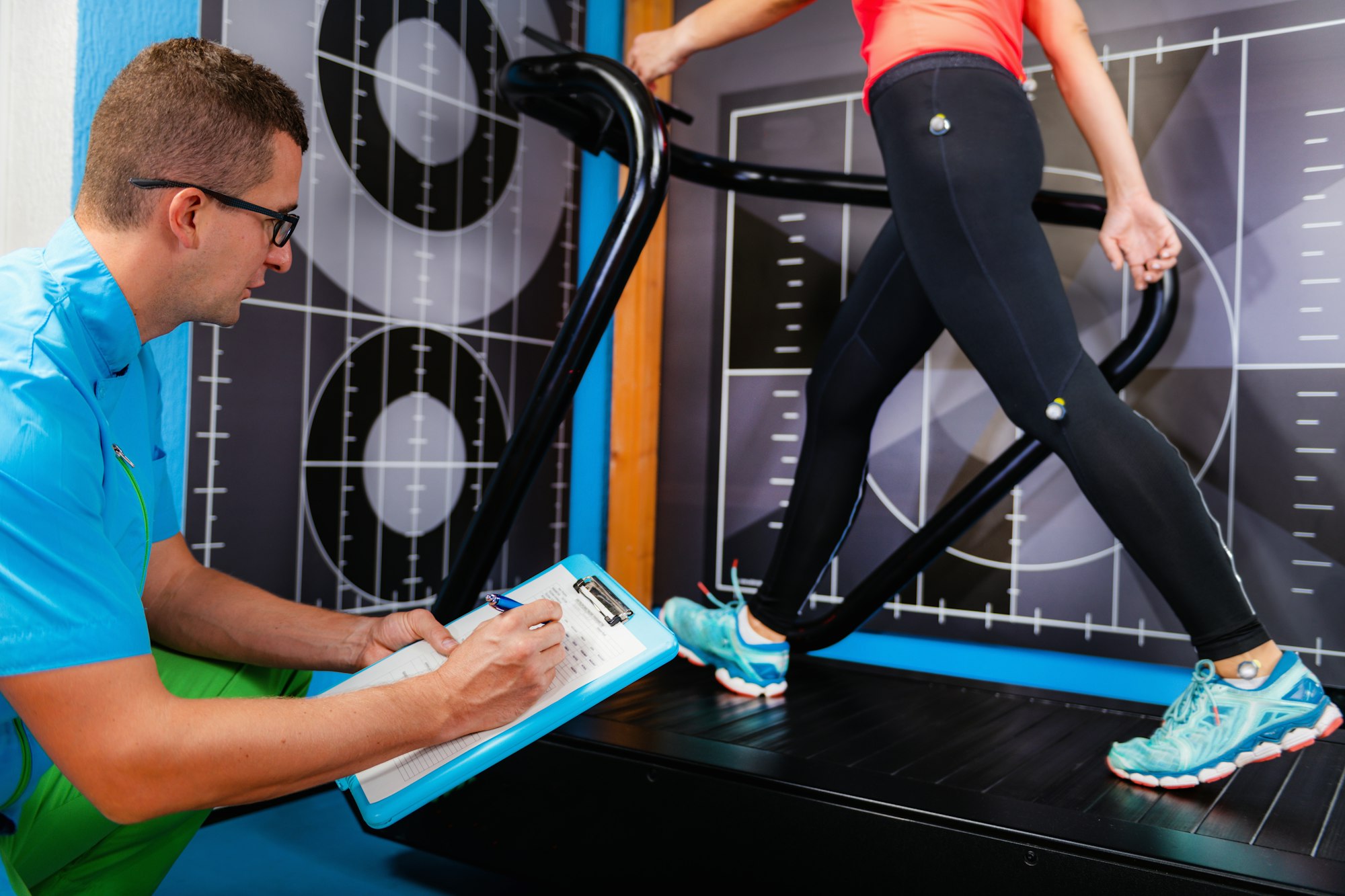
Hallux valgus, commonly known as a bunion, isn’t just a cosmetic concern; it can significantly affect your gait and overall mobility. This common foot condition, characterized by the misalignment of the big toe joint and the development of a bony bump on the side of the foot, can lead to discomfort, instability, and altered biomechanics. Let’s delve into how hallux valgus impacts your gait and explore strategies for managing this condition effectively.
When the big toe deviates towards the other toes, as is the case with hallux valgus, it disrupts the normal alignment of the foot. This misalignment can cause instability during the gait cycle, leading to compensatory movements and changes in walking patterns. Individuals with hallux valgus often experience pain and discomfort, particularly during the push-off phase of walking, as the bunion exacerbates pressure on the affected area.
One of the most noticeable effects of hallux valgus on gait is a shift in weight distribution. To alleviate pressure on the bunion, individuals may instinctively transfer more weight to the outer edge of the foot or rely more heavily on other toes for propulsion. This redistribution of weight can disrupt the natural rhythm of walking and place undue stress on surrounding structures, potentially leading to secondary issues such as corns, calluses, and even knee or hip pain over time.
Furthermore, the presence of a bunion can alter the mechanics of the entire lower extremity. As the foot attempts to adapt to the structural changes caused by hallux valgus, it may undergo pronation or supination, affecting the alignment of the ankle, knee, and hip joints. This chain reaction of compensatory movements can result in gait abnormalities such as overpronation or excessive lateral foot rolling, further exacerbating discomfort and increasing the risk of injury.
Managing hallux valgus and its impact on gait requires a multifaceted approach. Conservative treatments such as wearing supportive footwear with a wide toe box, using orthotic inserts to provide cushioning and arch support, and practicing toe-strengthening exercises can help alleviate symptoms and improve foot mechanics. Additionally, custom-made orthotics or splints may be recommended to realign the big toe joint and prevent further progression of the bunion.
In cases where conservative measures fail to provide adequate relief, surgical intervention may be considered to correct the underlying deformity and restore proper foot function. However, surgery is typically reserved for severe or symptomatic cases of hallux valgus and should be approached with careful consideration of potential risks and benefits.
Ultimately, addressing hallux valgus and its impact on gait requires a comprehensive evaluation by a qualified healthcare professional, such as a podiatrist or orthopedic surgeon. By understanding the relationship between bunions and walking mechanics and implementing targeted interventions, individuals can effectively manage this common foot condition and maintain optimal mobility and quality of life.
In conclusion, Hallux valgus, or bunions, can significantly impact your gait and overall mobility. Through targeted interventions such as supportive footwear, orthotic inserts, and, when necessary, surgical correction, individuals can effectively manage this condition and improve their quality of life. Don’t hesitate to seek professional guidance if you’re experiencing foot pain or gait abnormalities. With the right approach, you can address hallux valgus and stride comfortably towards better mobility and wellness.


